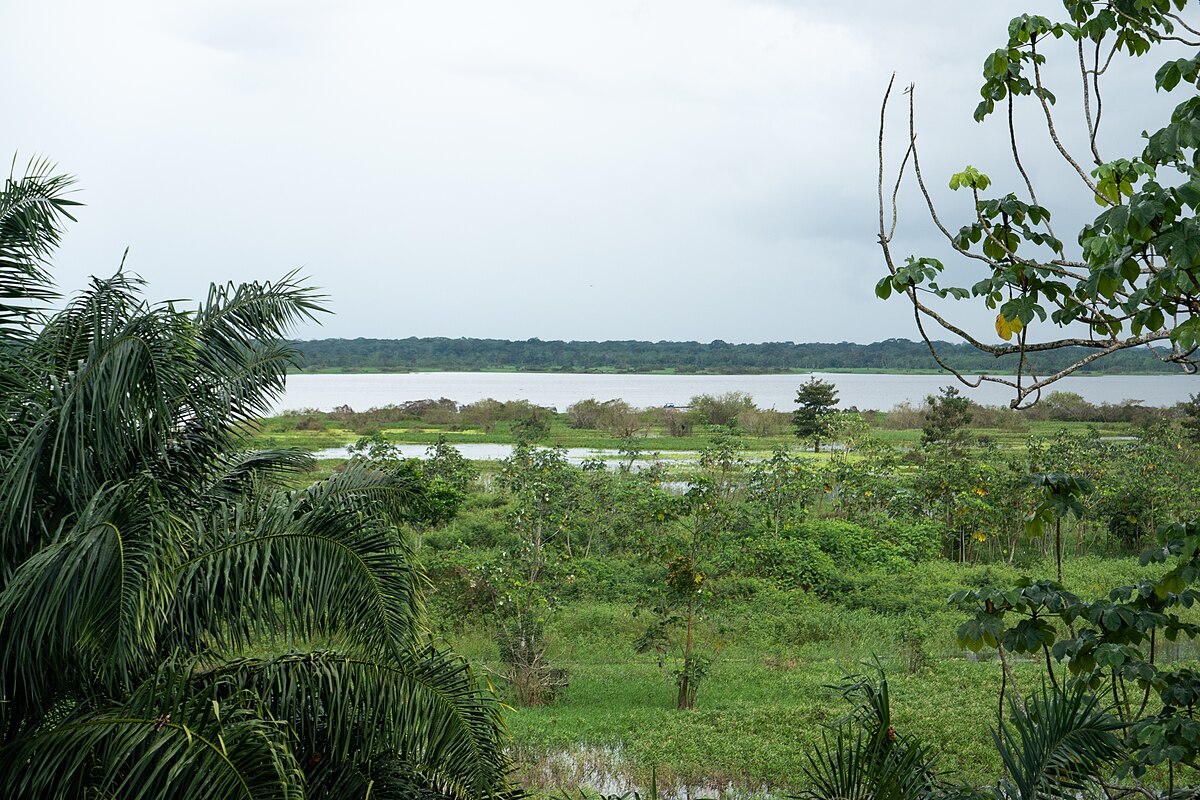
A peatland in the Amazon rainforest in Iquitos, Peru became carbon neutral after prolonged heat and lowered water levels.
Credit: Psamathe/Wikimedia
Featured Research
Amazonian peatland switched from being a carbon absorber to entirely carbon neutral
Peatlands play an important role in the carbon cycle by absorbing carbon dioxide. Researchers found the Amazonian peatland suffered from lowered water levels that left the tops of the peat exposed and allowed them to decompose faster. Prolonged periods of cloudless skies and higher sun intensities limited the photosynthesis of surrounding plants, which added to the decrease in carbon absorption. For two years, this combination switched the peatland from a carbon sink to carbon neutral, where the peat did not absorb more carbon dioxide than it released. [Geophysical Research Letters study]
700 kilometer-long extinct chain of volcanoes found in southern China
Nearly 6 km underground, scientists found 700 km of igneous rocks, formed during the cooling of magma. These rocks were formed roughly 800 million years ago during the Tonian period when the Rodinia supercontinent broke apart and created the Yangtze Block, which is now southern China. The existence of these extinct volcanoes would extend the known continental arc system another 400-900 km inland, away from the current northern margin. [JGR Solid Earth study]
New fun fact: small ocean currents are determined by ocean size
Ocean striations are hidden, weak currents that run eastward and westward. Researchers had previously measured striations found in smaller areas such as the Mediterranean Sea and the South China Sea and found they are around half the size of the small currents found in open oceans. A comparison of striations in the Northern Pacific Ocean and in the South China Sea found that the width of the ocean’s basin limits the size of its striations. [Geophysical Research Letters study]
Deep root respiration helps break down rocks
The carbon dioxide that results from respiration in and around deep roots is an essential component in the chemical weathering of sandstone rock soils. [Editor’s Highlight] [AGU Advances study]
More bubbles means more variation in ocean carbon storage
A new model accounting for the role of bubbles in air-sea gas exchanges suggests that ocean carbon uptake is more variable than previously thought. [Eos Research Spotlight] [Global Biogeochemical Cycles study]